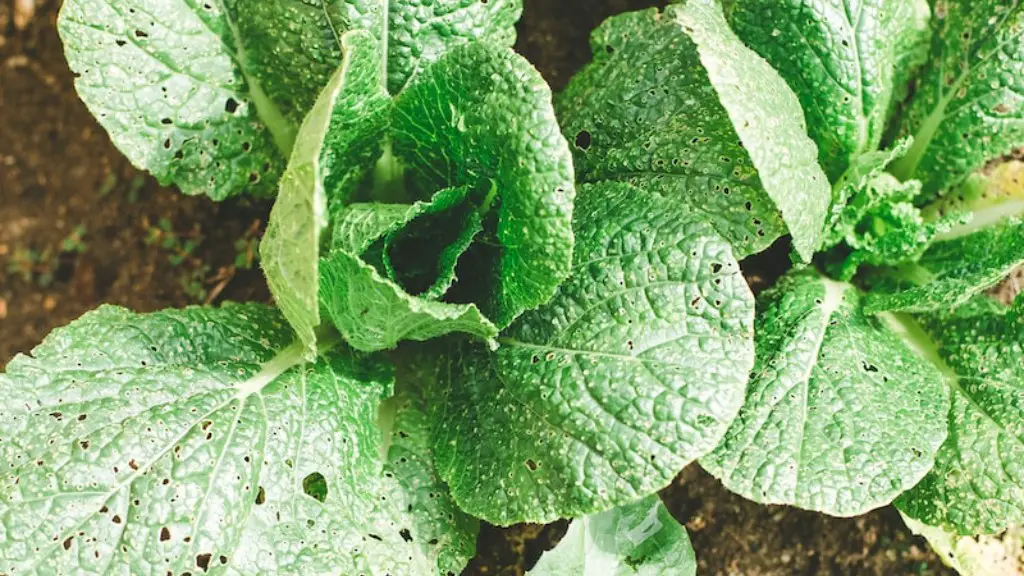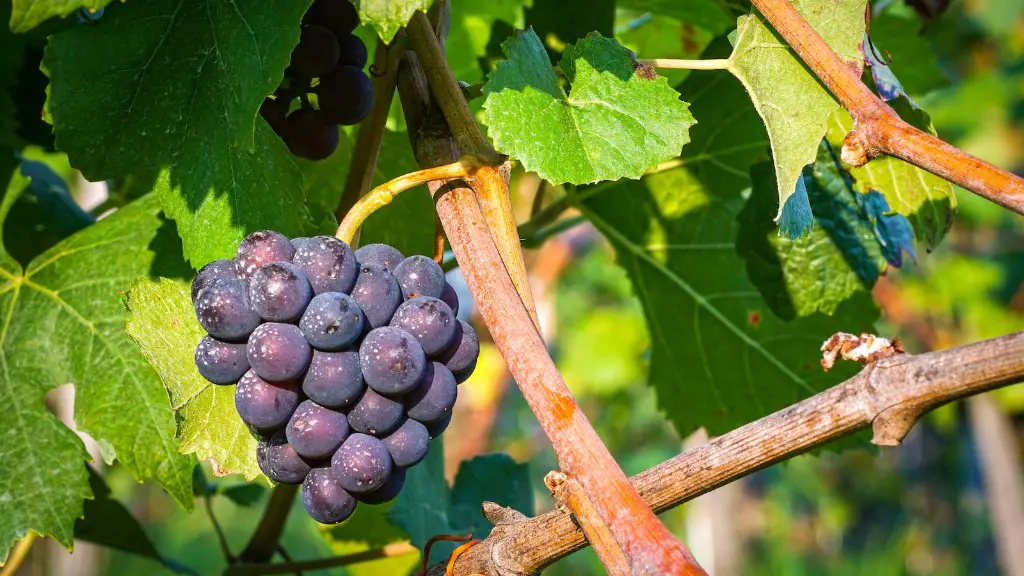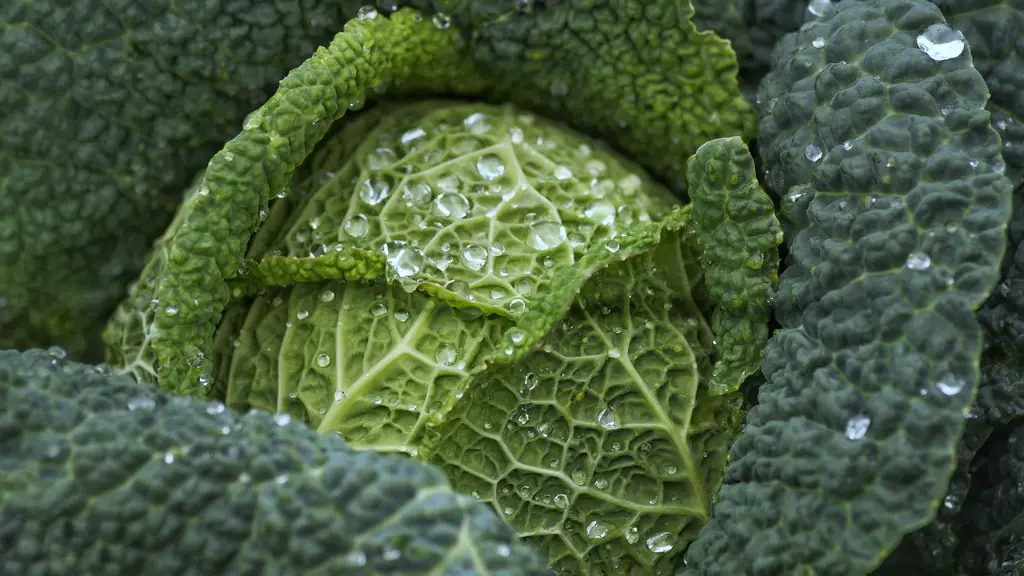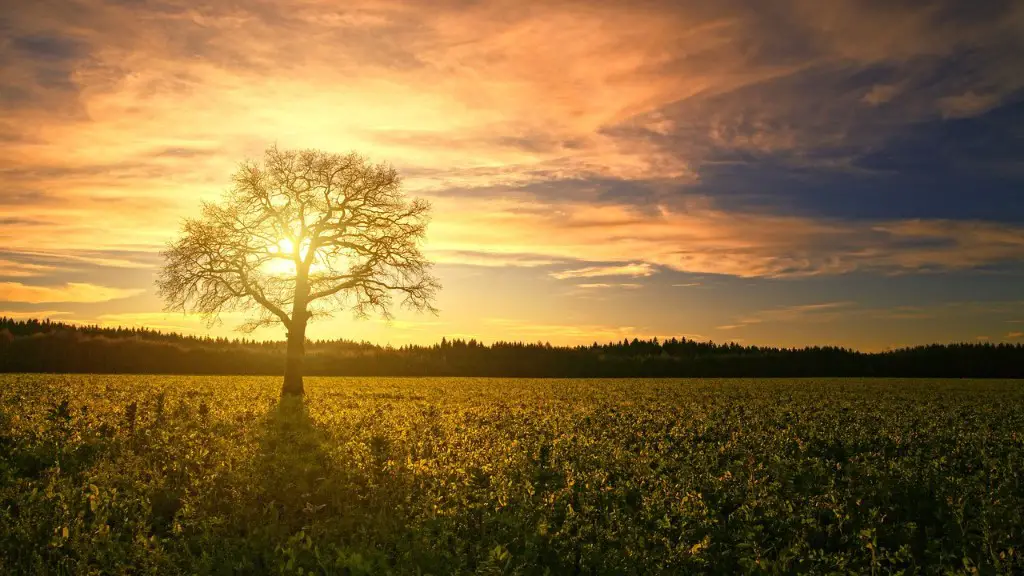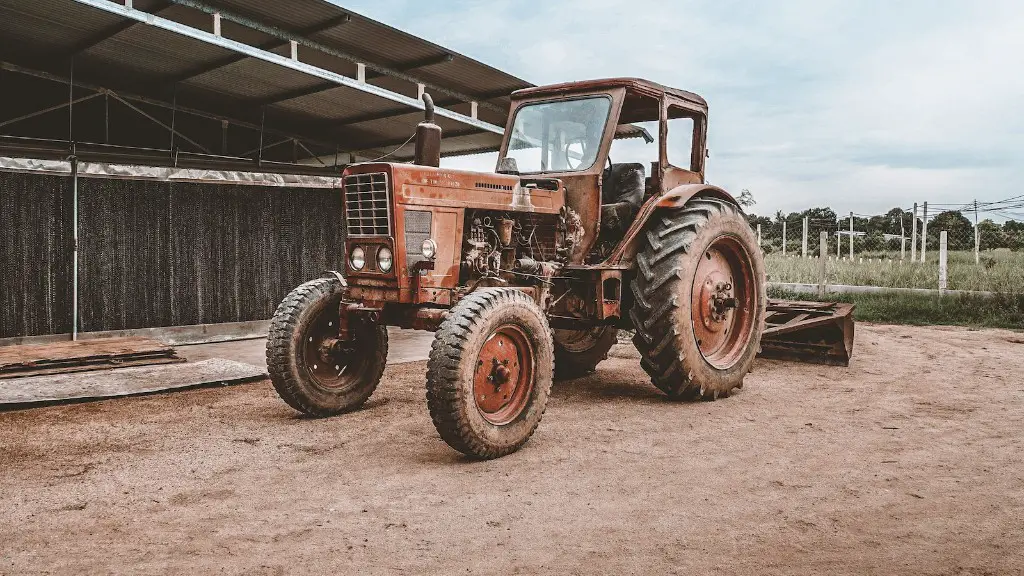Satellite imagery has become an invaluable tool for both large-scale and small-scale farmers, allowing them to make decisions about crop management, land use, and irrigation quickly and accurately. By using satellite images, farmers are able to observe the land from a high altitude and detect different types of features, such as bodies of water, crop types, and soil composition. This information can then be used to better plan and manage their farming operations.
The most obvious use of satellite imagery in agriculture is to identify potential trouble spots and make wise decisions to rectify them. Satellite images allow farmers to spot potential problems such as pest infestations, soil erosion, waterlogging, and nutrient deficiencies. With this knowledge, they can take corrective action before the issue gets out of hand.
Satellite imagery can also be used to identify areas of land that have the potential to be cultivated and harvested. By studying the soil composition and crop types, farmers can select appropriate crops for planting in the future and plan their operations accordingly. In addition, images can be used to create detailed maps showing the location and size of various fields for efficient land management.
Satellite images are particularly useful for monitoring large areas of land that are not easily accessed by foot. Farmers can use them to keep an eye on their entire operation, such as crop yields, irrigation systems, and soil fertility levels. This can help to identify any problems before they become costly problems.
Satellite images are also used for planning long-term crop rotations and determining the most profitable agricultural areas to invest in. By analyzing satellite imagery over time, farmers can identify the areas with the highest yield potential and determine the best growth cycle and crop type for a given area.
Finally, satellite images can be used to assess the condition of the land and identify any potential environmental hazards that may pose a threat to the agricultural operation. This allows farmers to take preventative measures, such as planting trees and establishing grasslands to mitigate these issues.
Using Satellite Imagery for Crop Yield Management
Satellite imagery can also be used to manage crop yields. By analyzing images taken throughout the growing season, farmers can identify areas with low yield and take corrective action before the end of the season. The images provide detailed information about the status of the plants, including the amount of leaves in the canopy, the type of weeds present, and the health of the roots. By assessing these conditions, farmers can determine the best irrigation and fertilization practices to optimize their field yields.
In addition, satellite imagery can be used to predict future crop yields by studying past yield records. By comparing the images taken throughout the year, farmers can identify any correlations between crops and soil composition and address them before the next growing season. This way, farmers can plan their operations accordingly and efficiently manage their yields.
Furthermore, satellite imagery can be used to identify the best areas to plant certain crops. By comparing images from different regions, farmers can determine which areas have the perfect climate and soil conditions for certain crops and make decisions about which crops to plant in the given area.
Finally, satellite images can be used to optimize the harvesting process. By studying the ripeness of the crops and the amount of foliage present, farmers can ensure that the harvesting is done efficiently and that the crops are in the best condition possible. This helps to maximize yields and reduce waste.
Using Satellite Imagery for Land Use Planning
Satellite imagery is also a powerful tool for land use planning. By studying images, farmers can identify the best areas to cultivate and select the right crops for the land. By determining the soil composition, nutrient levels, and water content of an area, farmers can identify which crops are best suited to the given environment. This way, farmers can optimize their land usage and maximize their yields.
In addition, satellite images can be used to create detailed maps for efficient land management. By analyzing the imagery and the crop types, farmers can determine the exact location and size of each field for effective land use planning. This way, farmers can easily identify and avoid areas of land that may be unsuitable for cultivation and select the best area for optimal crop growth and yield.
Satellite imagery can also be used to monitor the progress of certain crops over time. By studying images taken throughout the growing season, farmers can identify any changes in the crops, such as changes in soil composition, pest infestations, or disease and take appropriate action. This helps to ensure the ongoing health and productivity of the crops.
Finally, satellite images can be used to observe bodies of water, such as rivers, streams, and springs. This information can be used to identify areas with higher groundwater levels or natural irrigation and plan accordingly. In addition, this data can be used to assess the impact of human activities on the water sources and take measures to prevent any potential damage.
Using Satellite Imagery for Land Registration and Property Claims
Satellite images are also used to register and verify land and property claims. By studying the satellite imagery, farmers and landowners can accurately obtain records of their land and property boundaries and ensure that these boundaries are adequately listed and updated. This can help to avoid any disputes between landowners and to ensure that the legal documents are properly registered and managed.
In addition, satellite images can be used to monitor the main land coverage changes over time. By analyzing the changes in the land’s topography, farmers and landowners can identify any potential claims and enforce the rights of the parties involved. This way, farmers can protect and preserve their land rights and make sure that their lands are secure and properly registered in the database.
Furthermore, satellite images can also be used to identify and monitor land use, as well as any land development plans. By tracking the changes over time, farmers can identify any potential risks or opportunities and plan for them accordingly. This way, farmers can ensure that their lands are used in an efficient and environmentally friendly manner.
Finally, satellite images can be used to identify areas with potential environmental hazards, such as water pollution or areas that could be dangerous to people. By recognizing these potential dangers, farmers and landowners can take preventive measures to protect their land and prevent any potential damage to the environment.
Using Satellite Imagery for Soil Mapping
Satellite imagery can also be used to accurately map the soil of a given area. By combining images taken over a large area and analyzing them with specialized software, farmers can create detailed maps that illustrate the soil composition and texture of the land. This information can then be used to identify areas where certain crops can be planted or certain soil treatments can be applied.
In addition, satellite images can be used to monitor the health and productivity of soil over time. By studying changes in the soil composition and texture, farmers can determine if certain soil treatments or fertilizers are necessary for optimal crop yields. This information can then be used to adjust the nutrient levels of the soil and optimize its productivity.
Furthermore, satellite imagery can help to detect soil erosion and waterlogging. By monitoring changes in the land’s topography, farmers can identify areas that may be prone to erosion and quickly take action to prevent further damage. This can help to preserve natural resources and keep the soil in the best condition possible.
Finally, satellite images can be used to create precise maps for efficient land management. By studying the various features of the land, such as slope, vegetation cover, and soil type, farmers can create maps that show the exact boundaries of their fields and provide detailed information about the various crops grown. This can help make the land use planning process much easier and more efficient.
The Benefits of Using Satellite Images for Agriculture
The use of satellite images in agriculture has many benefits. It allows farmers to quickly access information about a large expanse of land, identify potential issues, and make decisions about crop management, land use, and irrigation accordingly. It also provides detailed information about soil composition and crop types, allowing farmers to establish the best plan for their land and maximize their yields. In addition, satellite imagery can be used to detect environmental hazards, identify areas with potential water sources, and map the soil of an area. All of these benefits make satellite imagery essential for efficient and effective agricultural operations.
